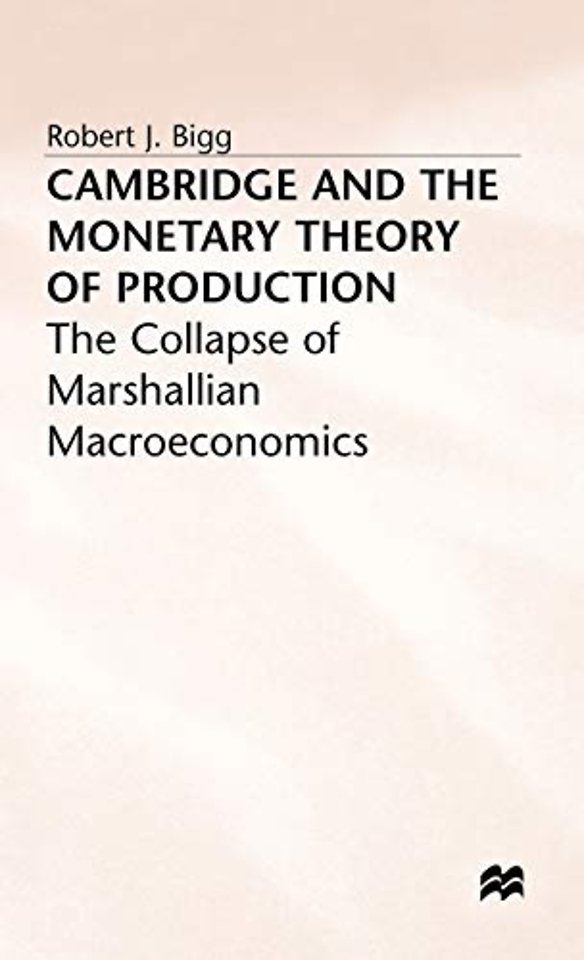Cambridge and the Monetary Theory of Production
The Collapse of Marshallian Macroeconomics
Samenvatting
Less than fifty years after the publication of Marshall's Principles Cambridge once again set economics on a new path with the publication of Keynes's General Theory. This book examines the developments in Cambridge monetary and trade cycle theory that were moving it forwards but were also sowing the seeds for the collapse of the Marshallian neoclassical framework. The analysis shows how Cambridge economists such as Keynes, Robertson, Lavington and Hawtrey had built on the foundations of Marshall and Pigou to produce theories of adaptive behaviour which acknowledged that the invisible hand could fail in the short run. This established a conflict with the long run theory of market clearing equilibrium which, though it could be ignored at first, had finally to be resolved.







